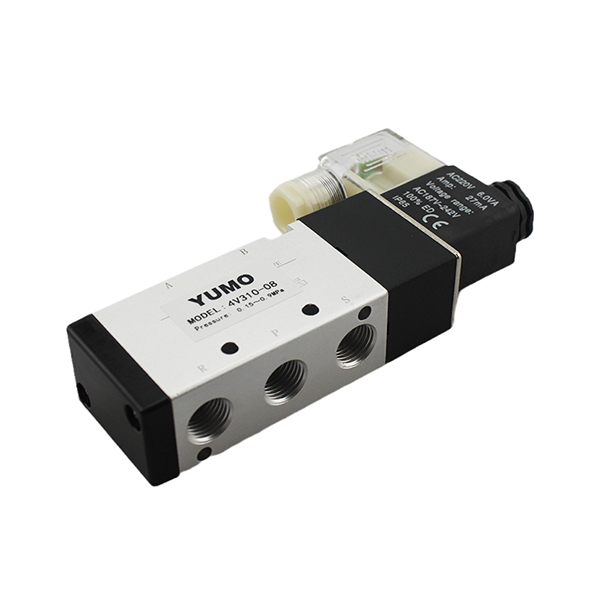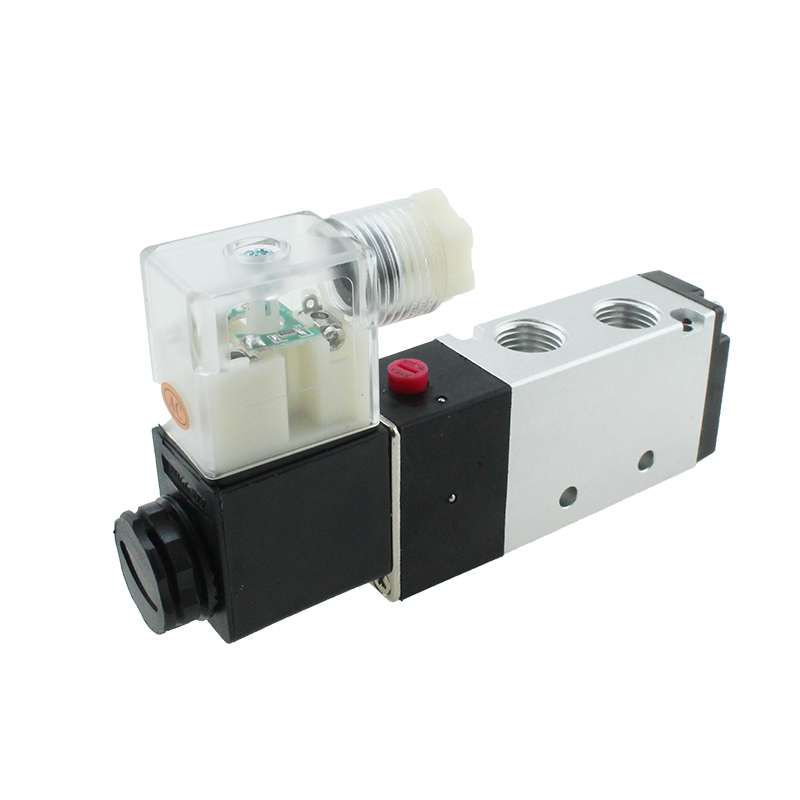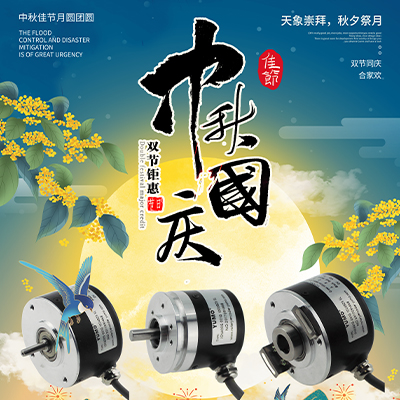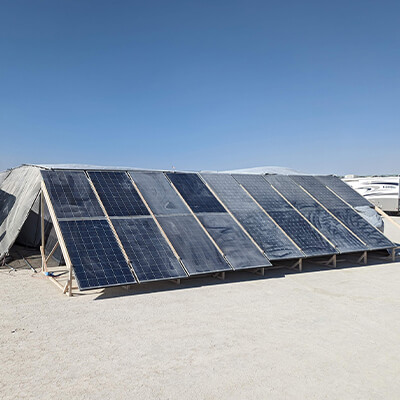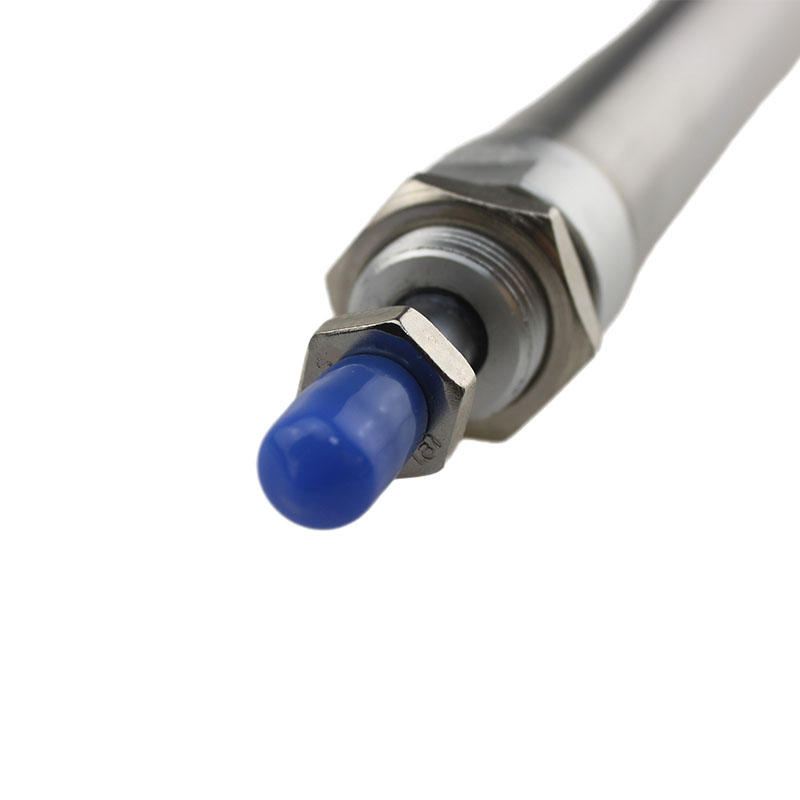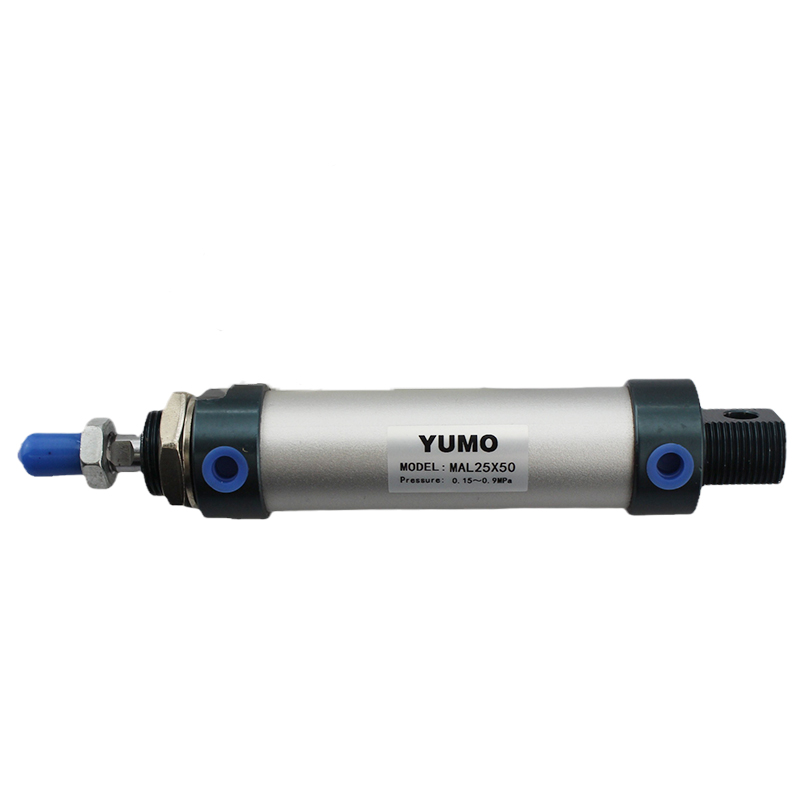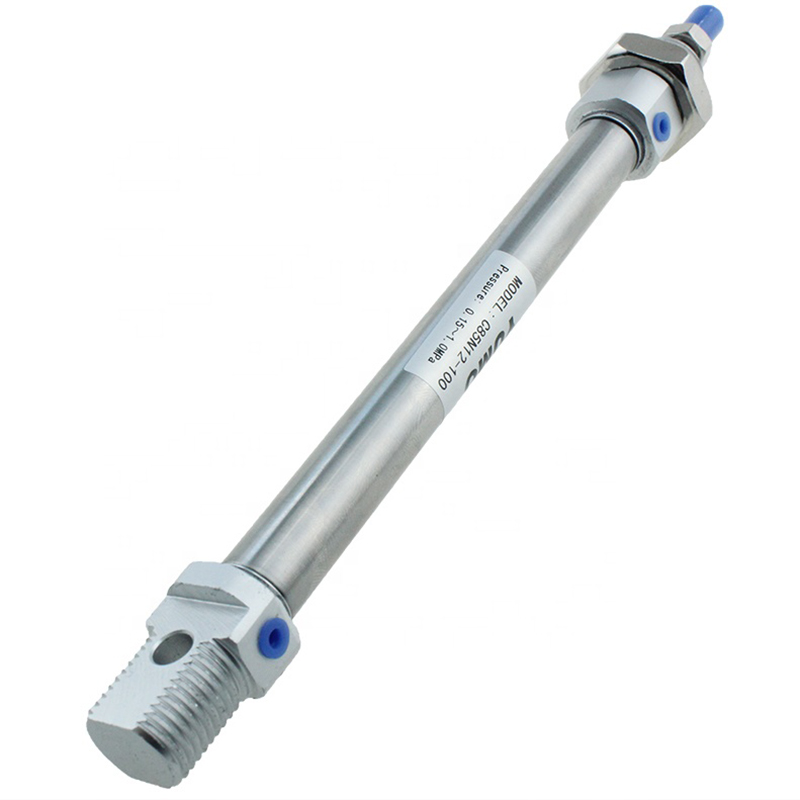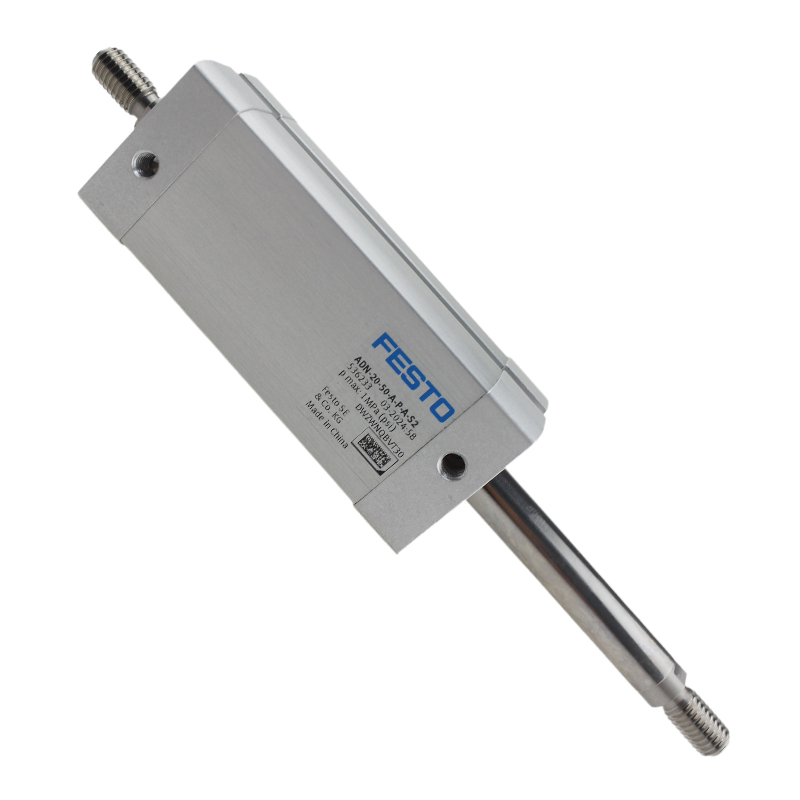What is the biggest difference between hydraulic cylinders and pneumatic cylinders?
When it comes to powering mechanical systems, hydraulic and pneumatic cylinders are two popular choices. Both of these cylinders are used to convert fluid or air pressure into linear force and motion. However, despite serving a similar purpose, there are some significant differences between the two. In this blog post, we will discuss the biggest difference between hydraulic cylinders and pneumatic cylinders.
One of the primary differences between hydraulic and pneumatic cylinders lies in the medium they use to generate power. Hydraulic cylinders utilize a liquid, usually oil, to transmit force from one point to another. On the other hand, pneumatic cylinders rely on compressed air to create mechanical motion. This stark contrast in the media used not only impacts their operating principles but also affects their performance characteristics.
The main advantage of hydraulic cylinders is their ability to generate substantial force. Due to the incompressible nature of liquids, hydraulic cylinders can exert immense pressure, making them ideal for heavy-duty applications that require a significant amount of force. The force generated by hydraulic cylinders remains constant throughout the stroke, resulting in smooth and precise movements. This is especially useful in applications involving lifting, pushing, or pulling heavy loads.
Pneumatic cylinders, on the other hand, are generally limited in terms of the force they can produce. Compressed air is compressible, which means pneumatic cylinders cannot generate as much force as their hydraulic counterparts. However, they compensate for this limitation by offering higher speeds and accelerations. Pneumatic systems have rapid response times, making them suitable for applications that require quick and repeated movements. They are often used in industries such as packaging, robotics, and automation.
Another significant difference between these cylinders is their complexity and maintenance requirements. Hydraulic systems are usually more complex due to the presence of pumps, valves, and extensive plumbing. The hydraulic fluid used needs regular maintenance, including filtration and temperature control, to ensure optimal performance. Pneumatic systems, on the other hand, are generally simpler and easier to maintain. Compressed air is readily available, and the absence of a liquid medium eliminates the need for filtration and temperature control.
Cost is yet another factor that sets hydraulic and pneumatic cylinders apart. Hydraulic systems are typically more expensive than pneumatic systems. This is due to the higher cost of hydraulic components and the complexity of the system. Pneumatic systems, on the other hand, tend to be more affordable, making them a popular choice for applications that do not require very high forces.
In conclusion, the biggest difference between hydraulic cylinders and pneumatic cylinders lies in the medium used to generate power, be it liquid or compressed air. Hydraulic cylinders excel in generating high forces, offer continuous and precise movements, but are complex and require maintenance. On the other hand, pneumatic cylinders are simpler, offer fast response times, and are more affordable, albeit with limitations in the force they can generate. Understanding these differences will help in selecting the most suitable cylinder for a specific application.
